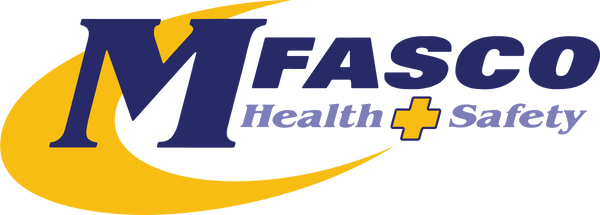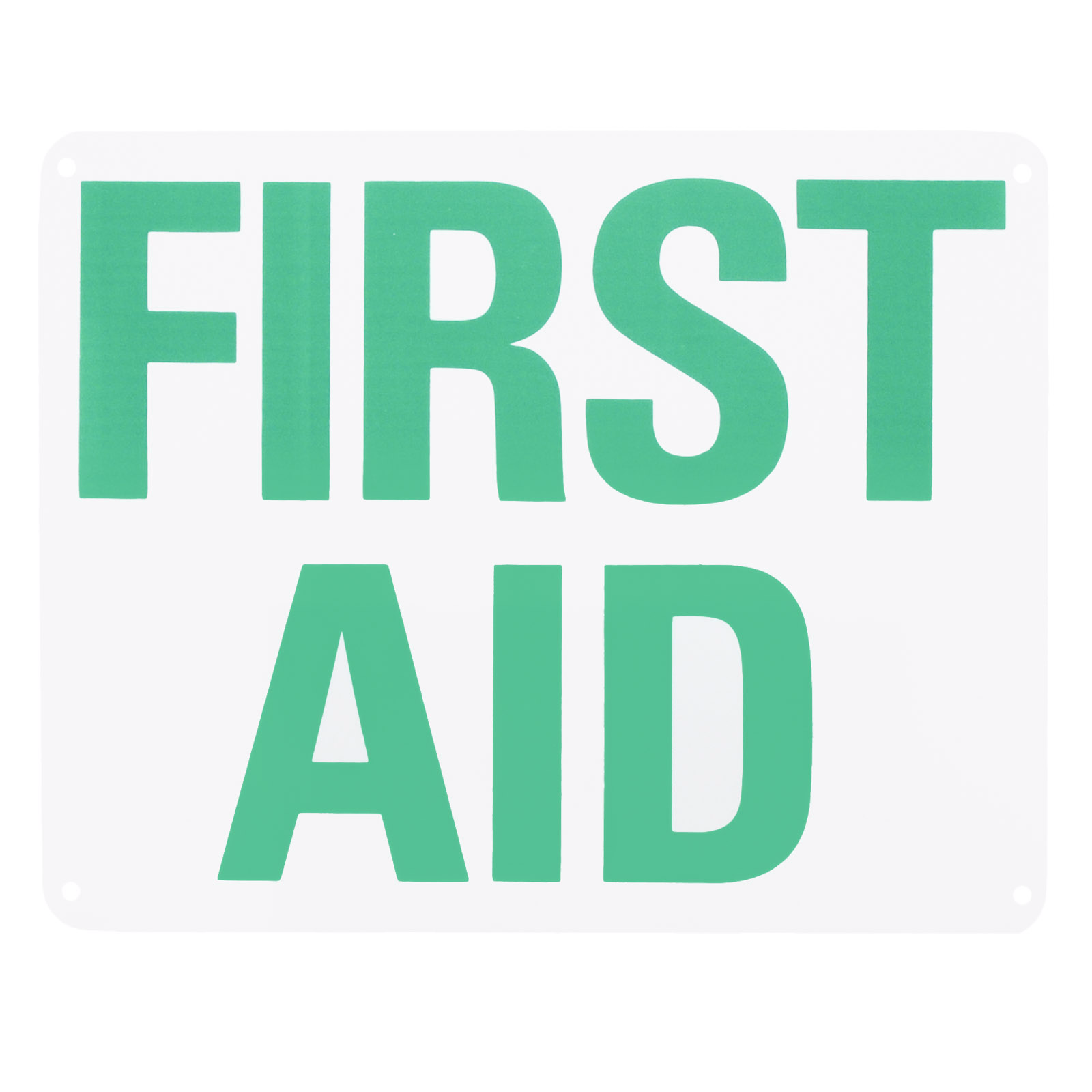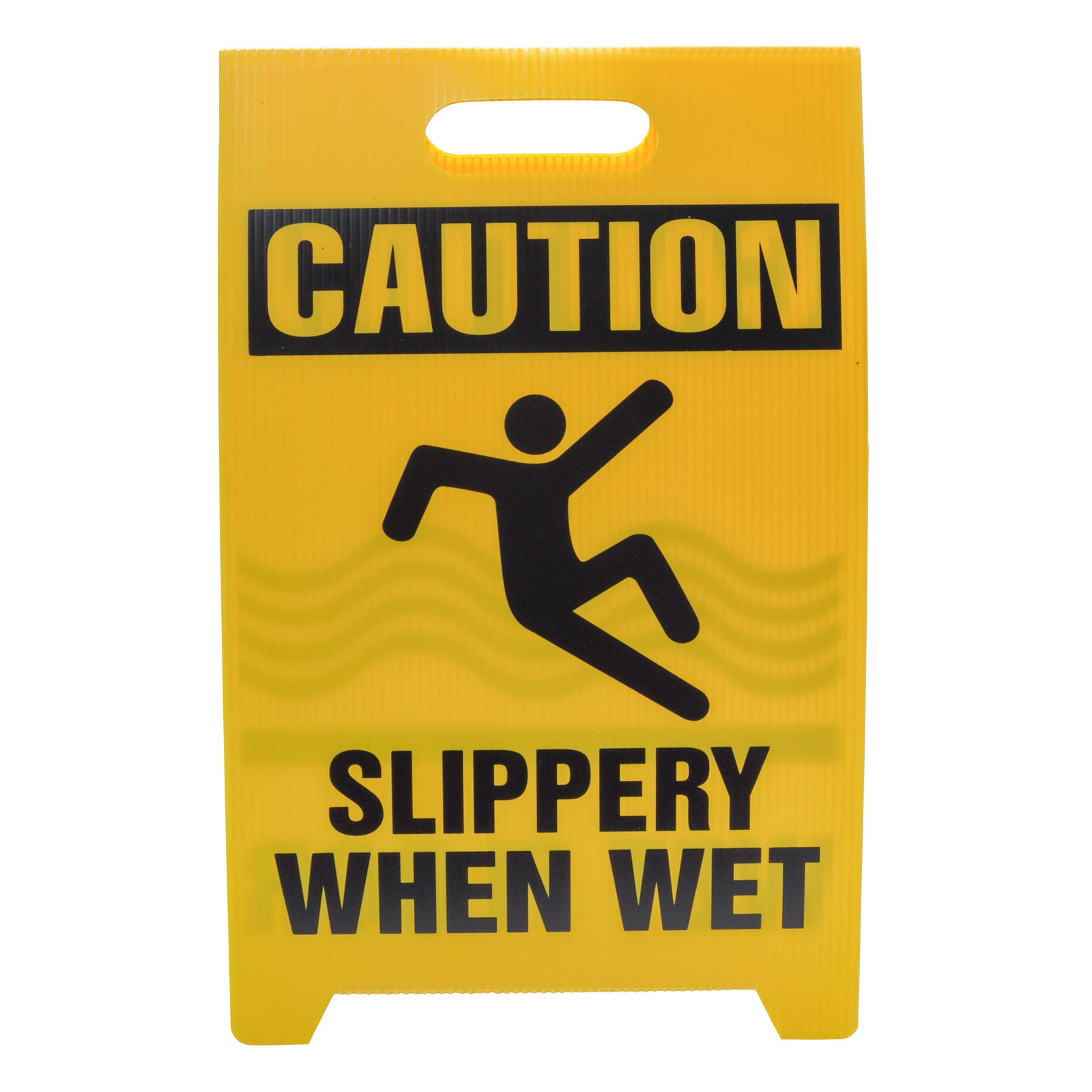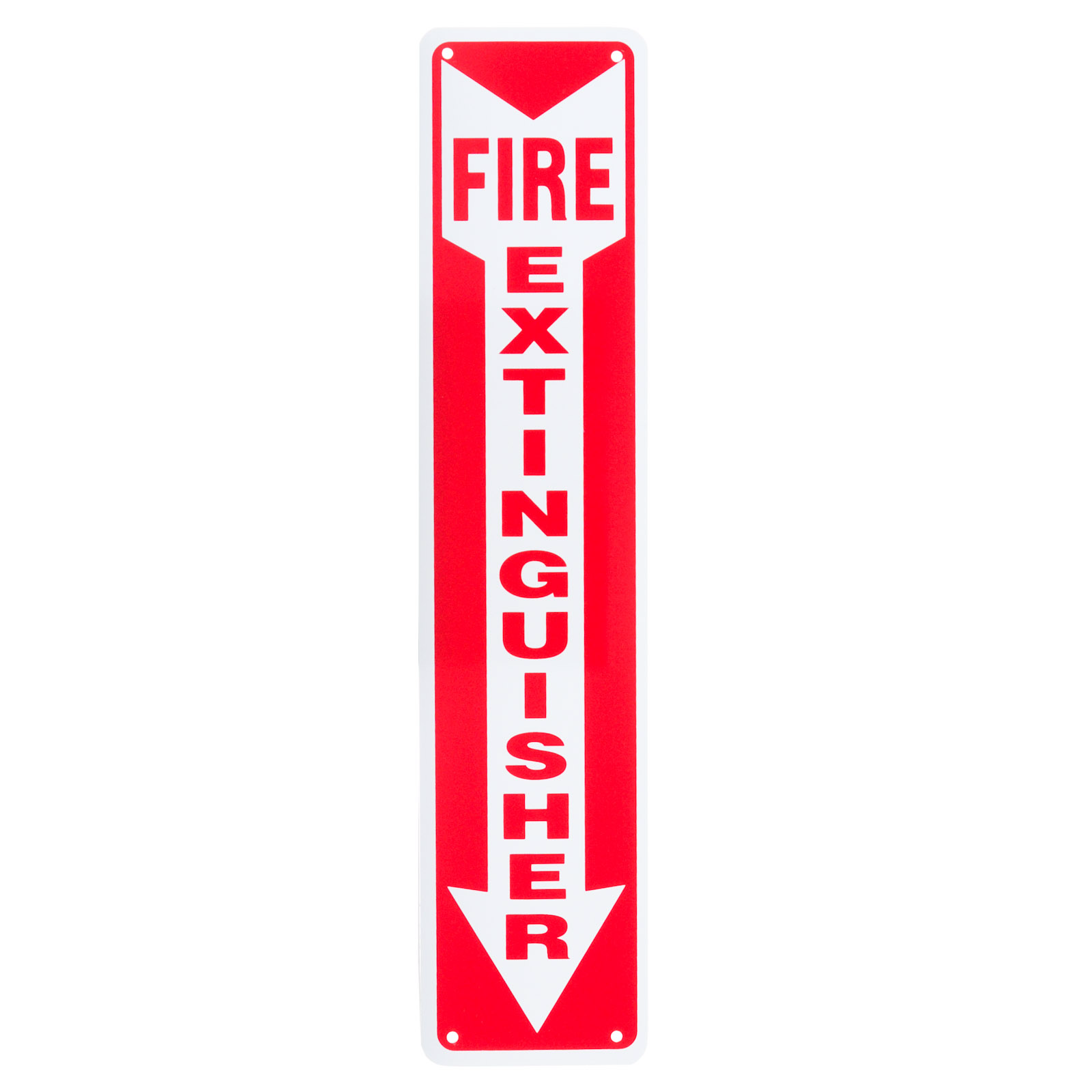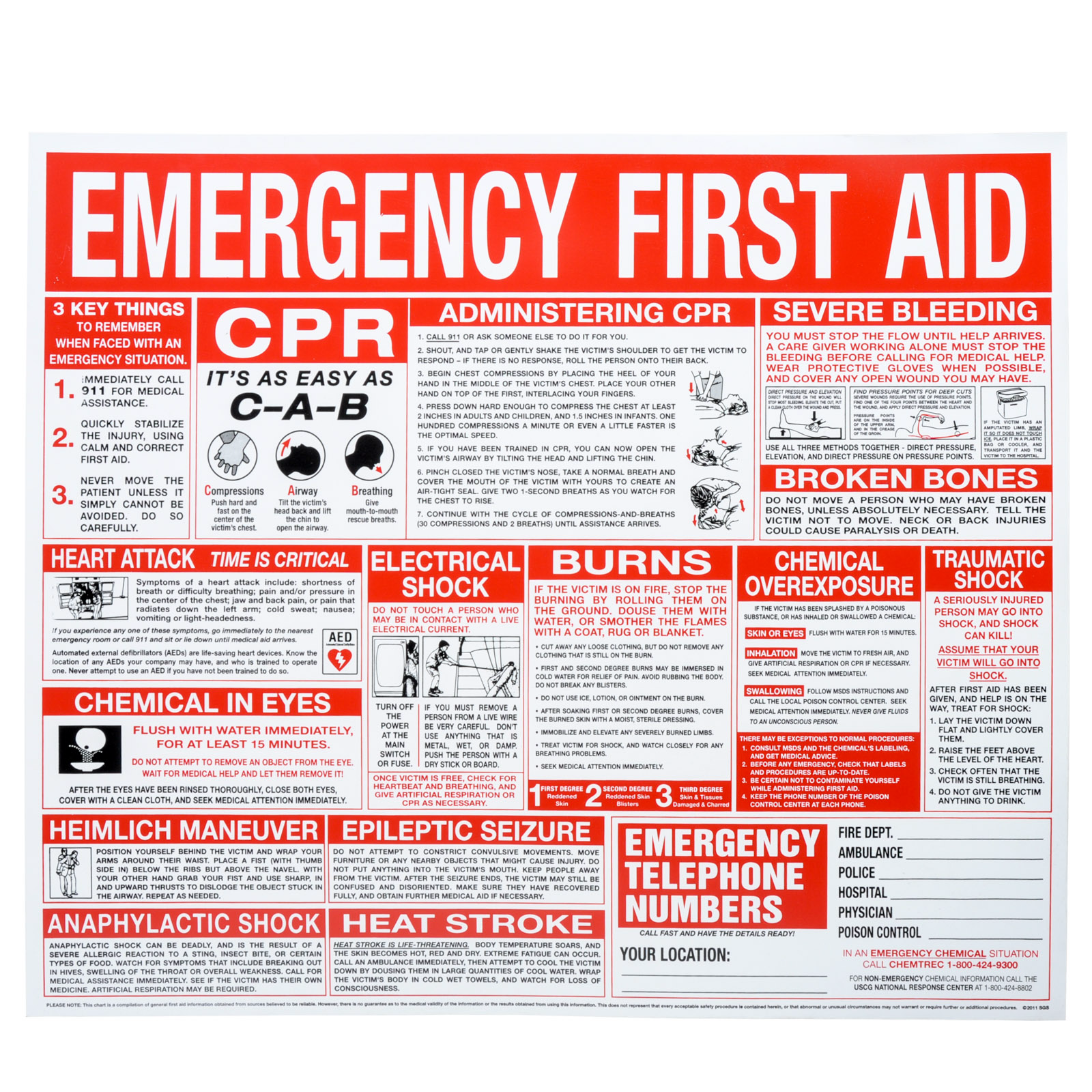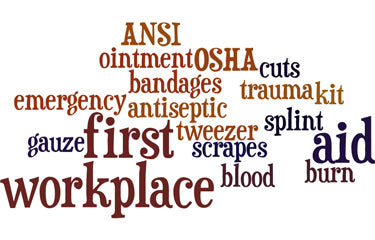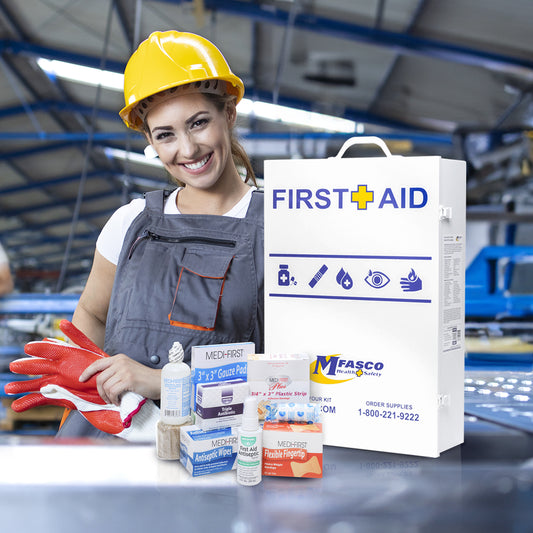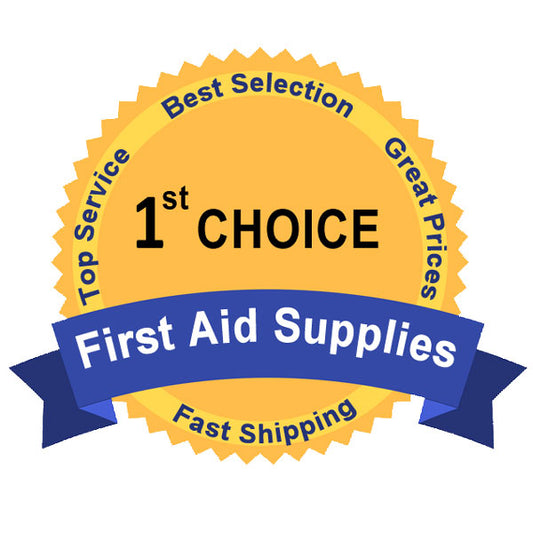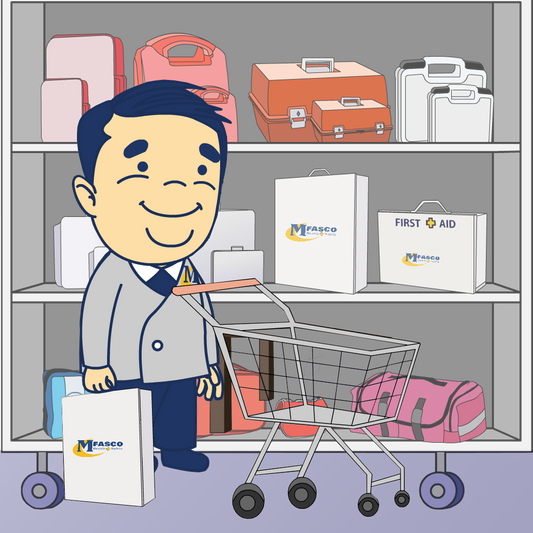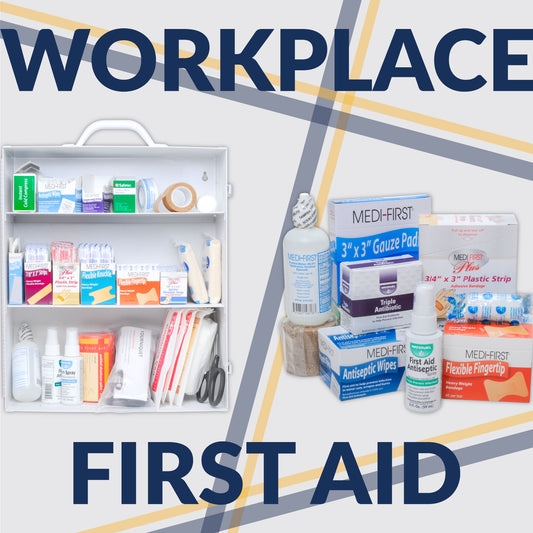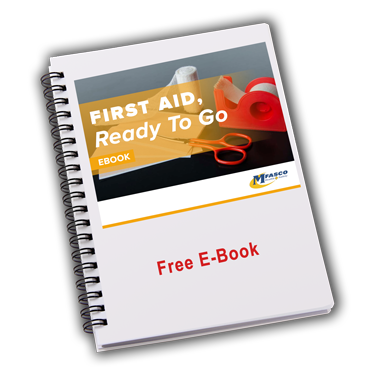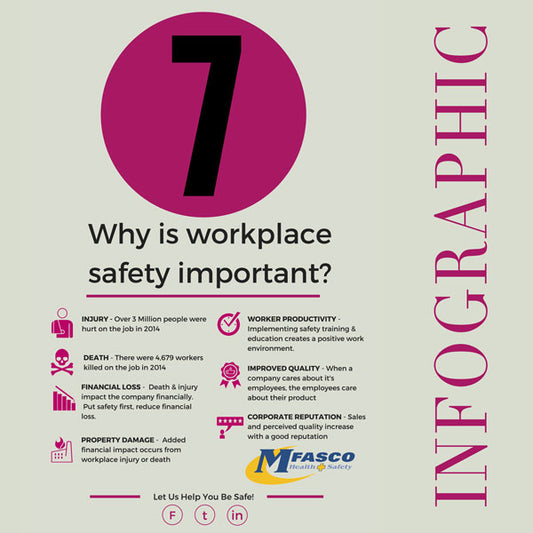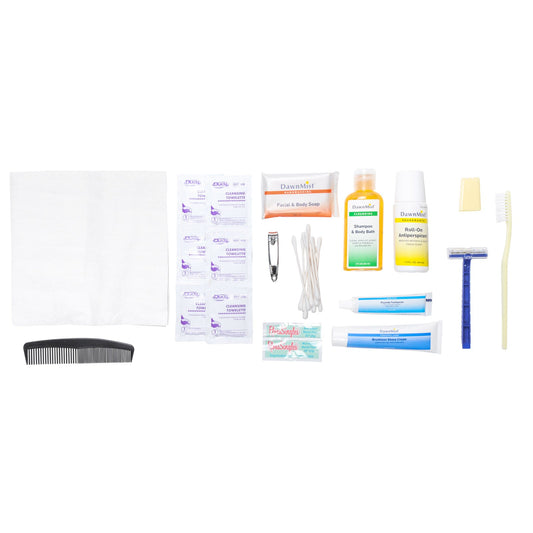What Kind of Safety Signs Do I Need for My Business?
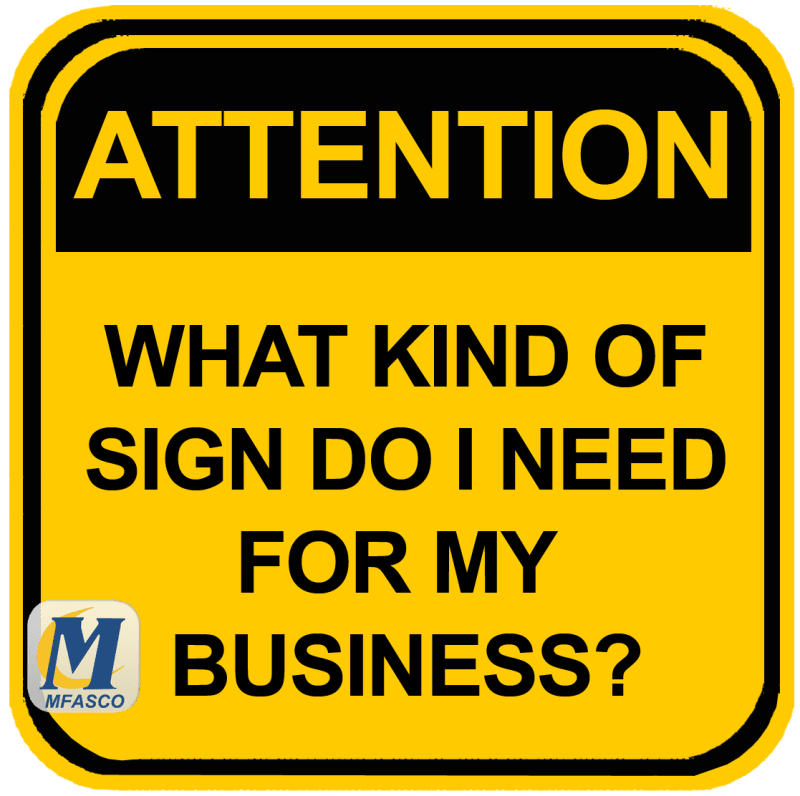
Safety Signs serve very specific and very important tasks. They alert us to danger, warn us of potential hazards, and caution us to be safe. With the right signage and proper procedure, many workplace accidents and injuries can be avoided. The key is finding the right signs for your workplace.
What does OSHA require in workplace signage?
OSHA has three main classifications of signs to be used in the workplace: Danger, Warning, and Caution. Each sign is used for a specific purpose and each comes with its own severity level.
Danger: Danger signs are used in areas with the highest level of risk. OSHA states that Danger signs indicate an immediate danger and special precautions are required to avoid serious injury or even loss of life. These signs are only to be used in the most severe of cases. OSHA requires that Danger signs be white with red or black lettering or diagrams.
Warning: Warning signs are typically used in areas where potential hazards are not quite as immediate or severe as those found in areas requiring danger signs. While the potential for serious injury or death may occur, the danger is less imminent than in those areas that require danger signs. OSHA requires that these signs be on an orange or white background with black lettering or diagrams.
Caution: The Last of the three main classifications is Caution. Caution signs are used to highlight areas of potential concern that could result in minor to moderate injury. While the possibility of catastrophic injury or death is not present, these signs provide notice to remain safe in the area. OSHA requires these signs to have a yellow or white background with black lettering or a diagram.
Importance of what safety signs can do in the workplace.
Safety signs in the workplace help keep workers safe and working, but they can serve different purposes as well. While safety is paramount, signs can also work as a guide to navigate the working environment. Notice signs, for instance, share important information and guidelines to follow. They can instruct those present that hearing protection is required or the need for hard hats and eye protection. Signs can aid in fire safety or provide directions to customers, clients, or delivery people. Finally, signs can help to bridge a language barrier. Signs with graphics as well as text are very common in the workplace and they allow those who cannot speak the language to understand the signs' intended meaning.
Some important things to consider
- Learn what signs might be appropriate for the workplace. Contact a reputable retailer with any questions or concerns.
- Place all signs in the necessary areas visible to workers without causing an impediment.
- Make sure all employees know the proper procedures and guidelines and most importantly follow them.
To learn more about OSHA signs, labels, and stickers, take a look at the standard or see this helpful article about where to place your safety signs.
Signs, Posters, & Accessories
Sign & Poster Products
First Aid Employee Informational Wall Chart Poster
Plastic First Aid Sign 8x10
Additional Resources for Safety Signs & Posters
Understanding OSHA or ANSI Sign Regulations
4 Helpful Hints Where You Should Place Safety Signs
Why is First Aid Important
Contributing Expert

Mike Brinker
Mike Brinker has been working in the first aid industry for over 35 years. He has worked with thousands of businesses,groups, and organizations to provide a healthy and safe work environment. Mike helped create “Make-A-Kit”, the internet's only online first aid kit creation tool. He has also authored many helpful first-aid and safety-related resource articles found at the MFASCO Learning Center.
